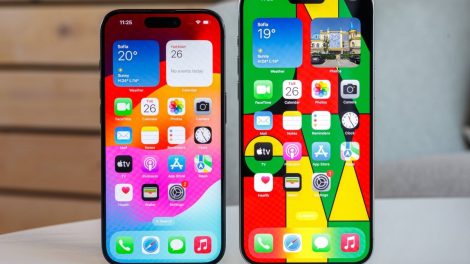The Challenge of On-Device AI
Large language models (LLMs) are a type of AI that can generate text, translate languages, write different kinds of creative content, and answer your questions in an informative way. They’re behind some of the most impressive AI feats of recent years, like Google’s LaMDA and OpenAI’s GPT-3.
But these models are also incredibly resource-intensive, requiring massive amounts of computing power and memory. That’s why they’ve largely been confined to the cloud, out of reach for most mobile devices.
Innovating with Flash Memory Storage
But Apple isn’t content to let the cloud have all the fun. Their AI researchers have been working on a way to run LLMs on iPhones and other Apple devices, even with their limited memory. And they’ve come up with a pretty ingenious solution: a new flash memory storage technique that’s specifically designed for LLMs.
This new technique is called “flash-based in-memory storage” (FIMS). It works by storing the LLM’s parameters on a special type of flash memory that can be accessed much faster than traditional flash storage. This allows the LLM to run much more efficiently on the device, without needing to constantly pull data from the cloud.
The Potential for On-Device AI
The benefits of this are potentially huge. Imagine being able to use a powerful LLM to translate languages on the fly, even without an internet connection. Or to have Siri understand your natural language even better, thanks to its own on-device AI smarts. These are just a few of the possibilities that FIMS opens up.
Of course, there are still some challenges to overcome. FIMS is still in its early stages of development, and it’s not clear how well it will work on all iPhones and iPads. But the potential is undeniable. If Apple can successfully bring LLMs to their mobile devices, it could be a game-changer for AI on the go.
Demystifying How Apple Runs AI on iPhones
At first glance, cramming powerful artificial intelligence onto smartphones seems improbable given mobile processors’ constrained resources. But Apple’s flash memory advancements provide a clever solution.
The Problem With Mobile AI
Sophisticated AI models like those powering chatbots require processing intensive neural networks with billions of parameters. Trying to run them directly on iPhones would overwhelm available compute and memory.
So Apple offloads execution to the cloud while keeping user data private, but this still demands reliable connectivity.
Innovative Use of Flash Storage
Apple’s novel flash memory rigging operates it as simulated RAM, allowing AI parameters to be accessed 100 times faster than typical iPhone flash storage. This lets core model data remain resident for local execution.
Coupled with Apple’s ultra efficient machine learning silicon, flash memory transforms into capable AI accelerateors sans internet.
Paving the Way For Advancements
This breakthrough seems incremental but holds monumental implications. As Apple refines the tactics, steadily more advanced neural networks become possible on devices, unlocking features once restricted to the cloud.
With possibilities spanning expansive language translation, creative image generation, and unbounded voice assistance, our phones grow even smarter thanks to Apple out-innovating hardware limitations.










Add Comment